45 e numbers on food labels
› Programs › CEHGeneral Food Labeling Requirements - California A food package usually has at least two distinct areas: the Principal Display Panel or Primary Display Panel (PDP) and the Information Panel . Close up on. Food Labels. Information for California Food Processors . California Department of Public Health, Food and Drug Branch 2013 The goal of food labeling is to provide What are E-Numbers (E#s) - Learn | DDW The Color House E-numbers were designed to show that an additive or ingredient has been tested as safe and approved for use by the European Food Safety Authority ( EFSA) within the European Union. But you can also find E-Numbers on food labels from many countries outside the EU, including Australia, the Gulf States, New Zealand, Russia, and South Africa.*
E_number - chemeurope.com E number. E numbers are codes for food additives and are usually found on food labels throughout the European Union. The numbering scheme follows that of the International Numbering System (INS) as determined by the Codex Alimentarius committee. Only a subset of the INS additives are approved for use in the European Union, giving rise to the 'E ...

E numbers on food labels
What are E numbers in foods? - Heimduo E numbers are number codes for food additives and are usually found on food labels throughout the European Union. What E numbers contain soya? Other names for dairy and soya in ingredients Some other E numbers which often contain soya are E426, E479 and E479b. E-Numbers Listed on Food Labels - EzineArticles For example, if you want to list the ingredient for a specific color the E-number would be followed by a number ranging between numbers 100 and 181, antioxidants range from300 to 340, flavor enhancers range from 600 to 650 and glazing agents are 900 to 910. Food E Numbers Explained - Sanitas Health Plan Spain E numbers are commonly found on food labels throughout the European Union and in New Zealand and Australia and less often in North America. The numbers are a way of identifying additives incorporated into consumables. The European Food Safety Authority (EFSA) has the ultimate responsibility for assessing and approving these additives. ...
E numbers on food labels. en.wikipedia.org › wiki › E_numberE number - Wikipedia For example, in the UK, food companies are required to include the ‘E Number(s)’ in the ingredients that are added as part of the manufacturing process. Many components of naturally occurring healthy foods and vitamins have assigned E numbers (and the number is a synonym for the chemical component), e.g. vitamin C ( E300 ) and lycopene ... › nutritionsource › food-labelUnderstanding Food Labels | The Nutrition Source | Harvard T ... Chile implemented the Law of Food Labeling and Advertising in 2016, comprised of mandatory front-of-package (FOP) warning labels, restrictions on child-directed marketing, and the banning of sales in schools of all foods and beverages containing added sugars, sodium, or saturated fats that exceeded set nutrient or calorie thresholds. [1] PDF FOOD INGREDIENT NUMBERS: (E-numbers) (INS) FOOD INGREDIENT NUMBERS: (E-numbers) E numbers. are number codes for food additives and are usually found on food labels throughout the European Union. en.wikipedia.org › wiki › CarmineCarmine - Wikipedia The EU-Directive 2000/13/EC on food labeling mandates that carmines (like all food additives) must be included in the list of ingredients of a food product with its additive category and listed name or additive number, that is either as Food colour carmines or as Food colour E 120 in the local language(s) of the market(s) the product is sold in ...
Food additives and E numbers - SchoolDays.ie Understanding food labeling 'E numbers' are codes for natural and artificial food additives that appear in food labeling. The coding was set up and is used by the European Union. The 'E' stands for Europe and appear on food labelling that is assessed and approved by the European Food Safety Authority. E numbers, food additives, preservatives, toxins, food colors, health ... E - NUMBERS - Food Additive Codes You are digging your grave with your teeth! Sulfites, Nitrates, Nitrites, Benzoates, Citrates, Phosphates, Sorbates, MSG, Glutamates You are destroying your own health, and the health of your kids and you are paying for it out of ignorance! E numbers (food additives) | DermNet The tables are neither complete nor inclusive and may under go change as additives are re-classified. E100s are generally colours. E200 to E282 are mainly preservatives and acids. E300 to E341 are mainly antioxidants and acid regulators. E400s include emulsifiers, stabilisers, thickeners, anti-caking agents, release agents and bulking agents. The truth about e-numbers and why you should care - Goodnesst 2. E-numbers to which you or your children may be allergic. Allergies to food additives are common, with typical reactions being headaches, skin problems, nausea, palpitations, trembling, or digestive disorders. Restrict processed foods and try to cook homemade meals as much as possible to limit your family's exposure to possible triggers.
› food › new-nutrition-facts-labelHow to Understand and Use the Nutrition Facts Label | FDA Feb 25, 2022 · Overview. The information in the main or top section (see #1-4) of the sample nutrition label (below) can vary with each food and beverage product; it contains product-specific information ... › en › topicsFood additives | EFSA In the European Union all food additives are identified by an E number. Food additives are always included in the ingredient lists of foods in which they are used. Product labels must identify both the function of the additive in the finished food (e.g. colour, preservative) and the specific substance used either by referring to the appropriate ... What are E numbers on food labels? - Wise-Answer What are E numbers on food labels? The "E numbers" in the ingredients list of your packaged foods replace the chemical or common name of particular food additives. These are used to enhance the colour, flavour, texture or prevent food from spoiling. Food additives have been used for centuries. Food Labels | CDC - Centers for Disease Control and Prevention All the numbers on this label are for a 2/3-cup serving. This package has 8 servings. If you eat the whole thing, you are eating 8 times the amount of calories, carbs, fat, etc., shown on the label. Total Carbohydrate shows you types of carbs in the food, including sugar and fiber. Choose foods with more fiber, vitamins, and minerals.
vegsoc.org › info-hub › veggie-need-to-knowE-Numbers | The Vegetarian Society Not all E numbers are suitable for a vegetarian or vegan diet. It can feel confusing when reading food labels but it doesn’t take long to get familiar with ones to watch out for. If a product has the Vegetarian Society Approved vegetarian or vegan trademark on, you can be sure that the E numbers used are veggie and/or vegan friendly.
Approved additives and E numbers | Food Standards Agency From 7 February 2022 the use of titanium dioxide (TiO2 - E171) as a food additive is no longer permitted in the EU and in Northern Ireland, due to the application of the Northern Ireland Protocol,...
What do the E numbers on food labels mean? - kkfood.cc Food additives that have been assessed are assigned E Numbers in the EU. These appear on labels and lists of ingredients. E Numbers have, in the minds of many consumers, become a dirty word. However many natural, and perfectly harmless, substances are designated their own numbers. What does the E stand for on food labels? The "E" stands for ...
Food With E Numbers - TheSuperHealthyFood Food E Numbers are a set of codes for substances used as food additives. Commonly found on food labels, their safety assessment and approval are the responsibility of Regulatory Authorities Having a single unified list for food additives was first agreed upon in 1962 with food colouring.
Food labels: What are additives and E-numbers? - AngeNoy.com E-numbers are reference code numbers given to different chemicals that have undergone safety tests and been approved for use as food additives throughout the European Union. These are usually shown as numbers with or without and 'E' before them (for example, E101 or just 101).
Explainer: what are E numbers and should you avoid them in your diet? The "E numbers" in the ingredients list of your packaged foods replace the chemical or common name of particular food additives. These are used to enhance the colour, flavour, texture or prevent...
Food E Numbers Explained - Sanitas Health Plan Spain E numbers are commonly found on food labels throughout the European Union and in New Zealand and Australia and less often in North America. The numbers are a way of identifying additives incorporated into consumables. The European Food Safety Authority (EFSA) has the ultimate responsibility for assessing and approving these additives. ...
E-Numbers Listed on Food Labels - EzineArticles For example, if you want to list the ingredient for a specific color the E-number would be followed by a number ranging between numbers 100 and 181, antioxidants range from300 to 340, flavor enhancers range from 600 to 650 and glazing agents are 900 to 910.
What are E numbers in foods? - Heimduo E numbers are number codes for food additives and are usually found on food labels throughout the European Union. What E numbers contain soya? Other names for dairy and soya in ingredients Some other E numbers which often contain soya are E426, E479 and E479b.
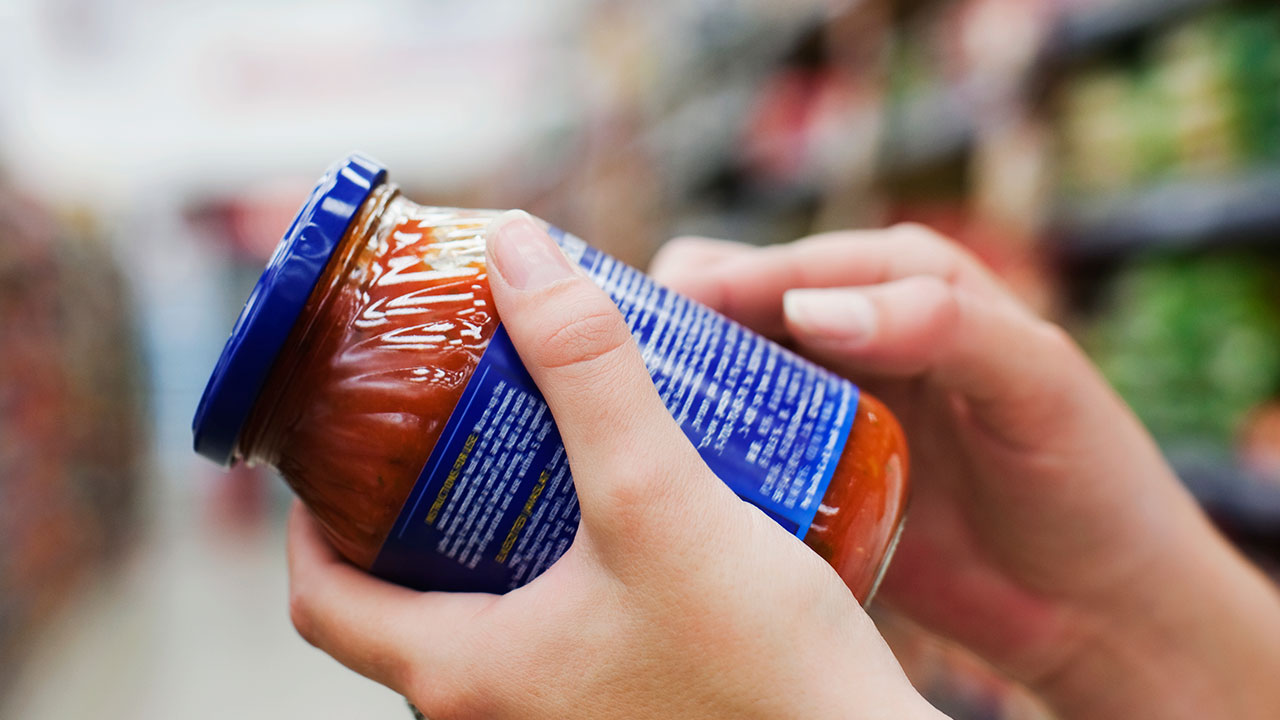











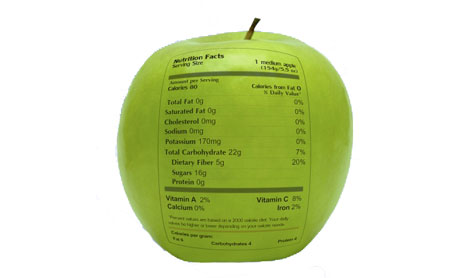
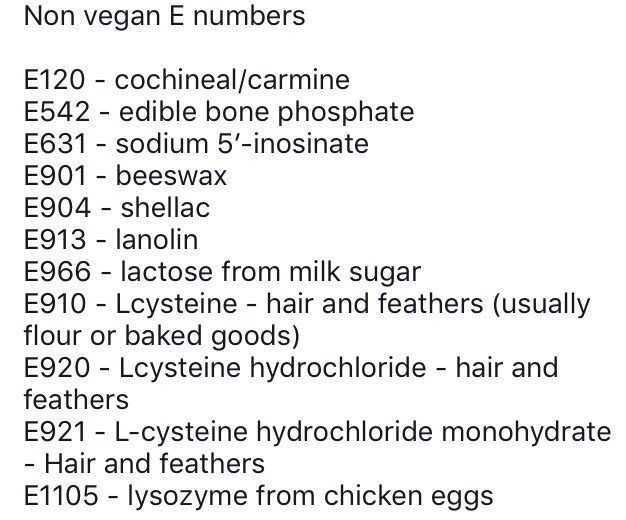

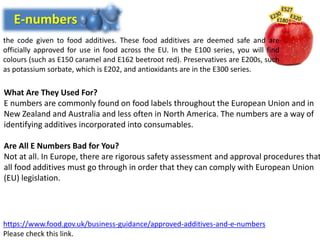



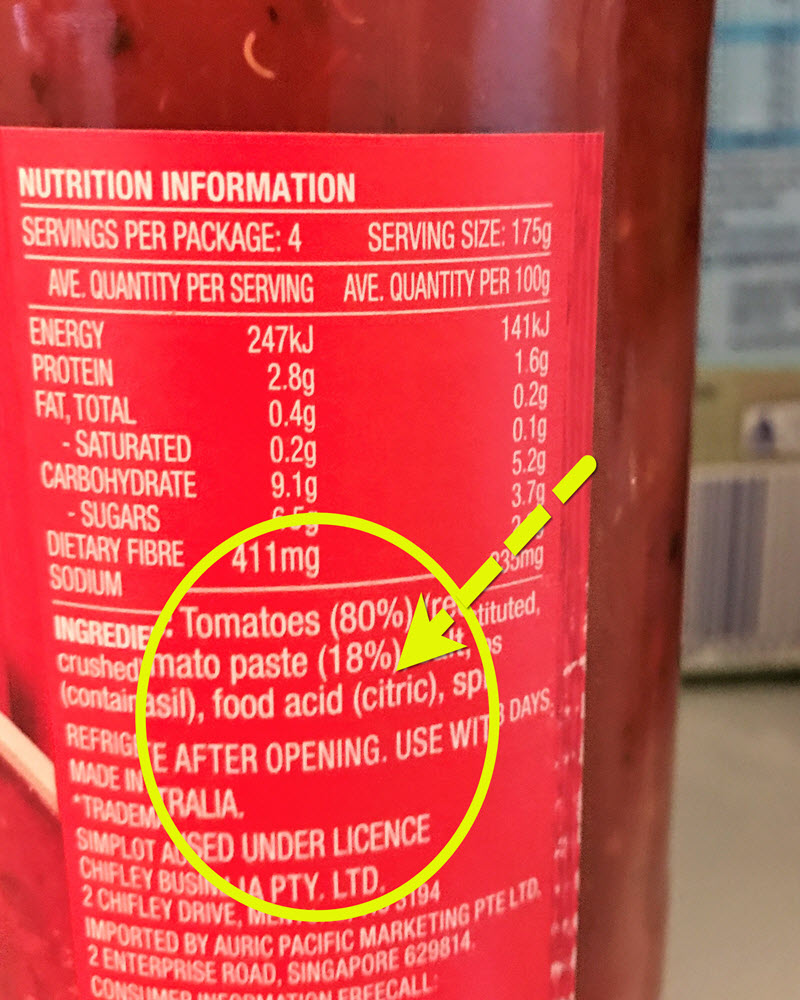



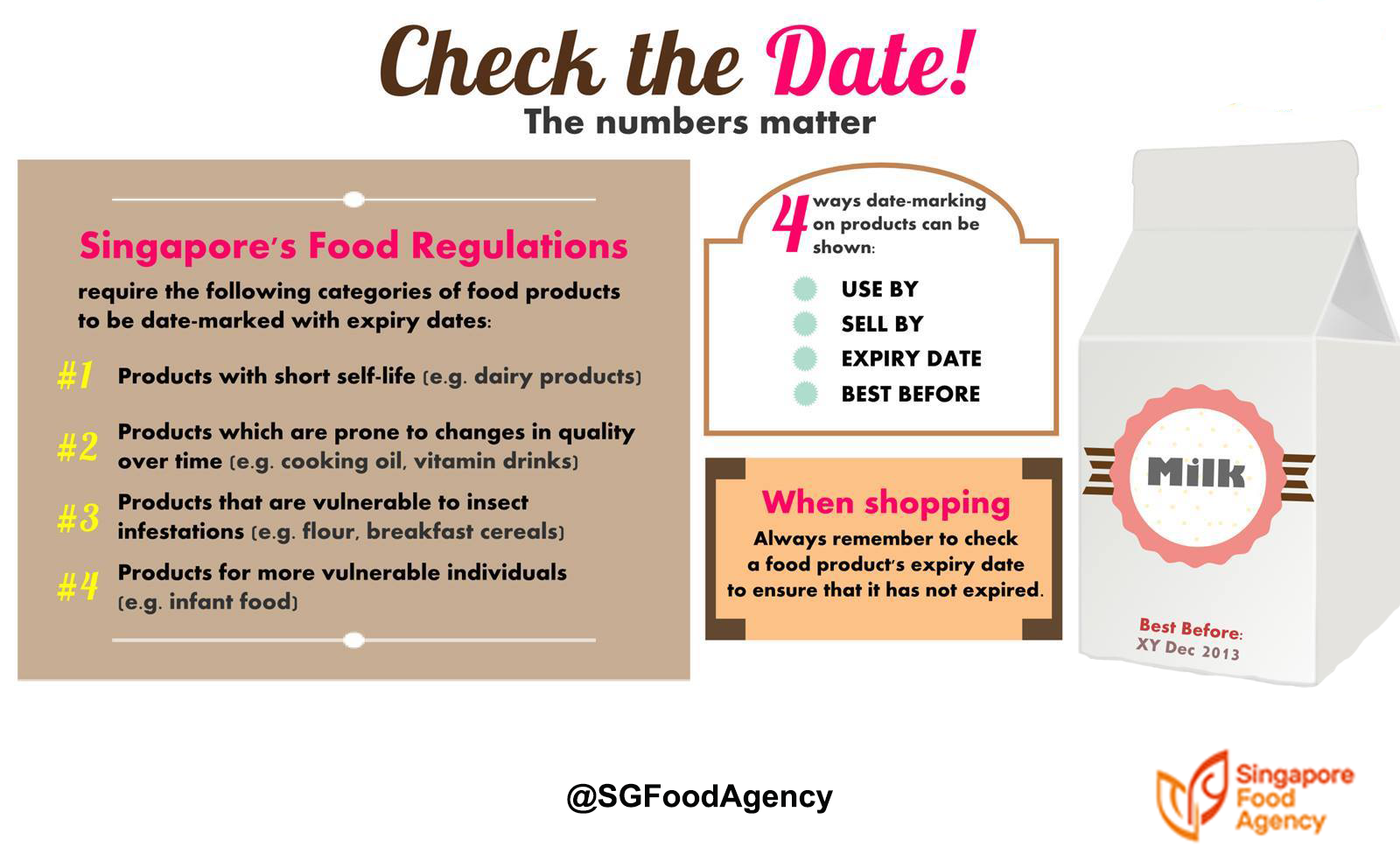

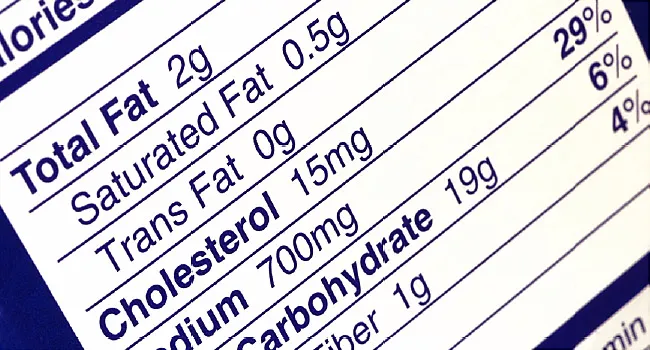






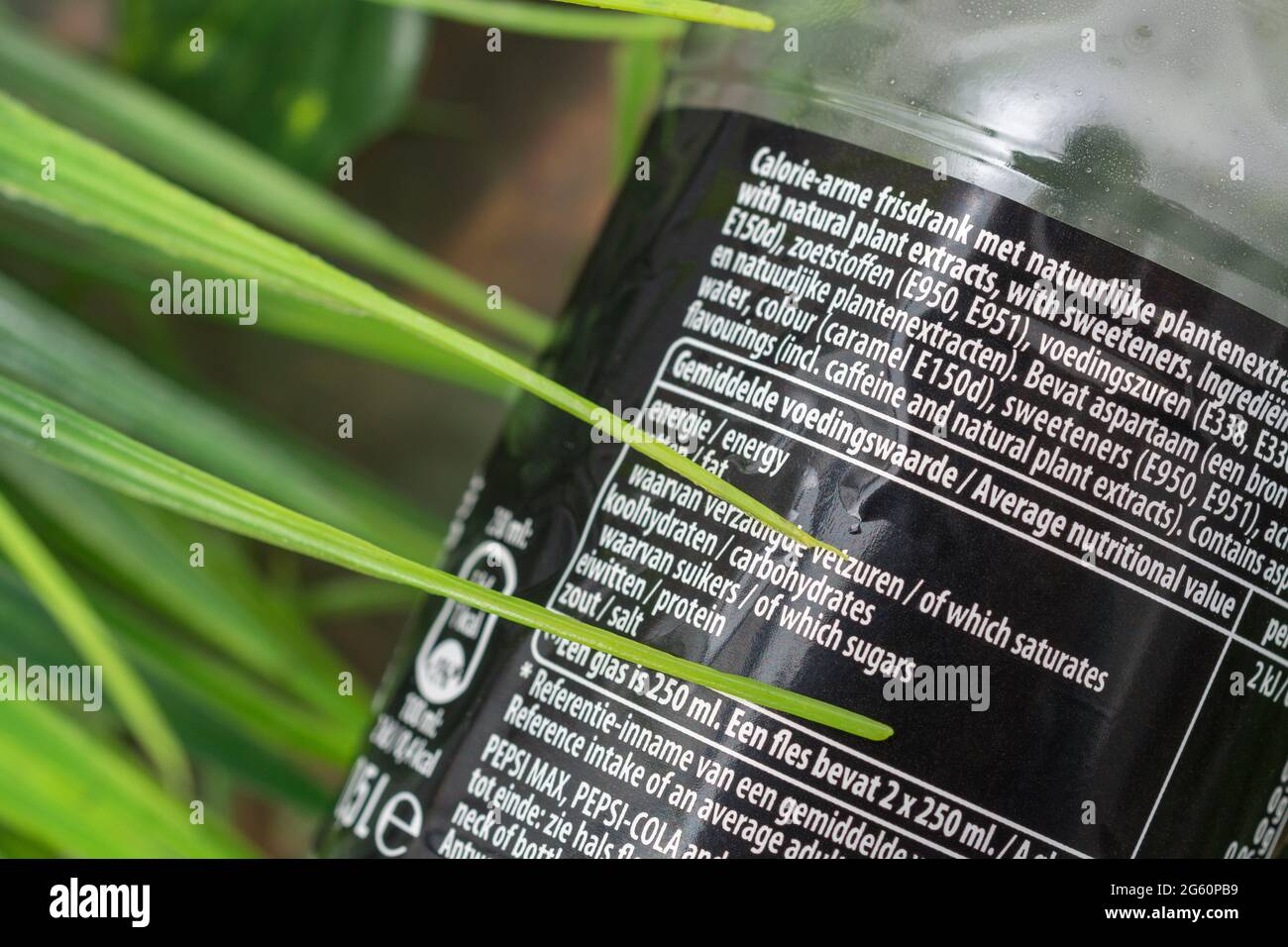
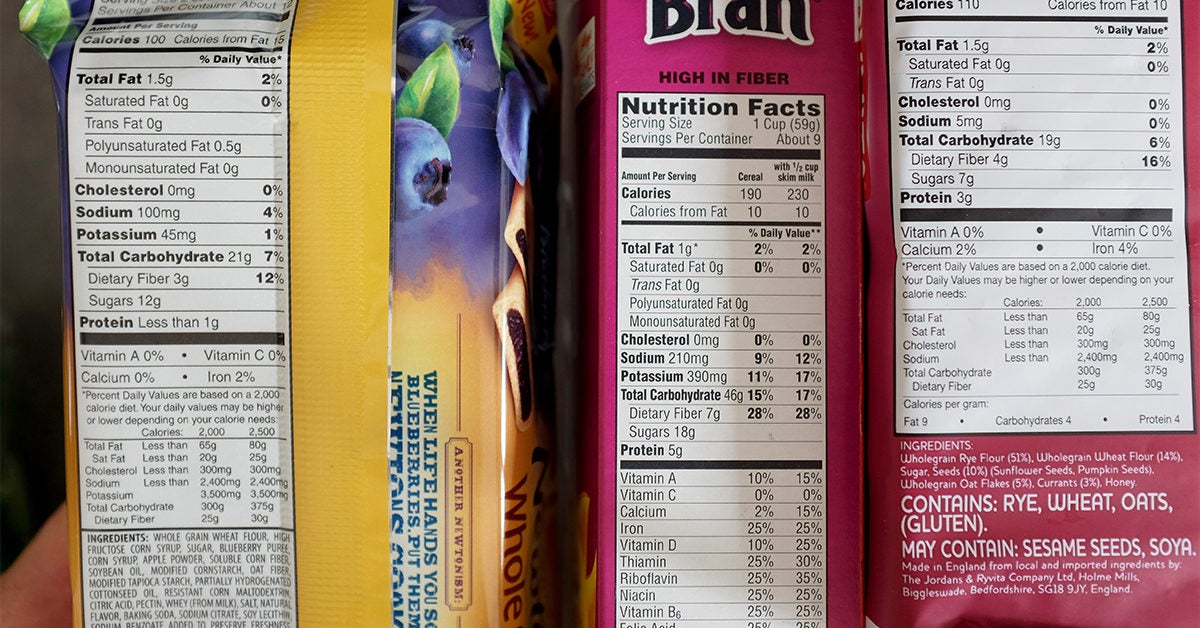

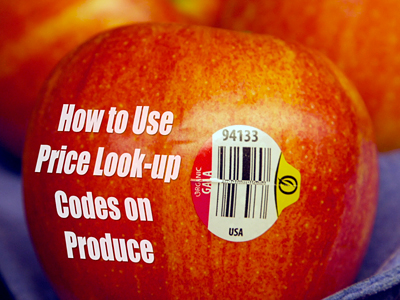

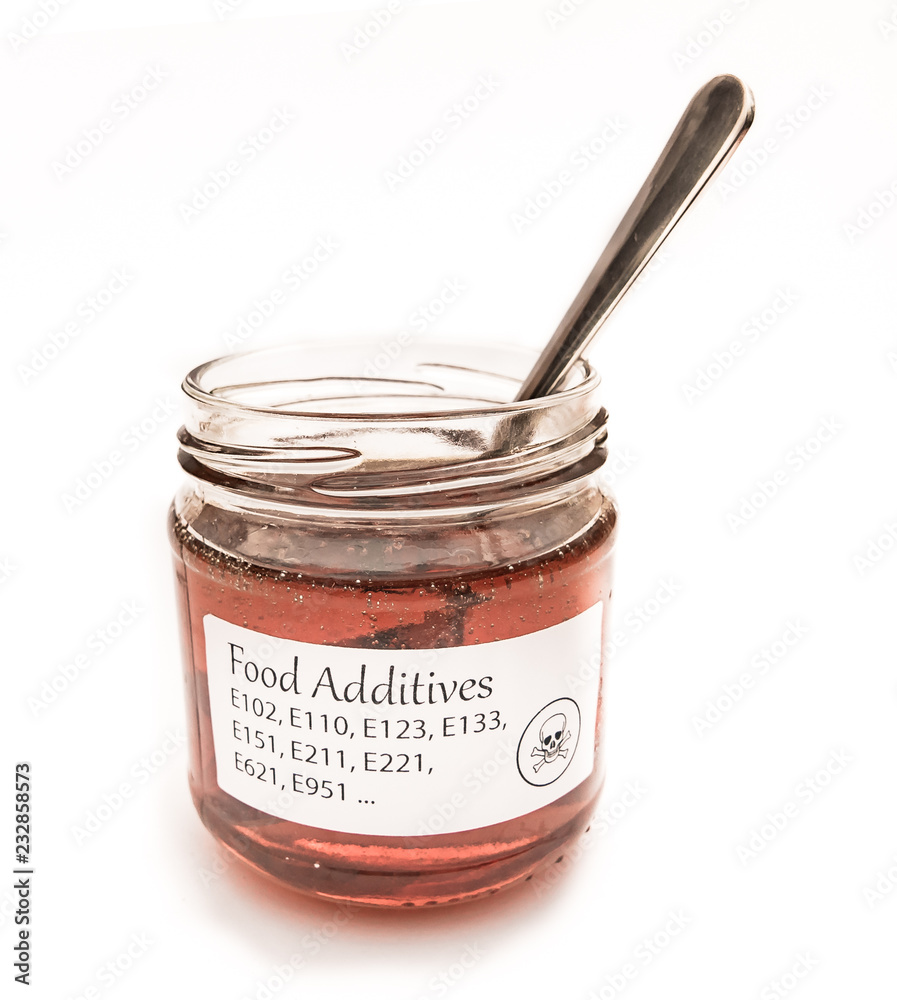

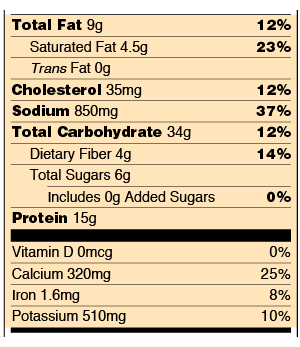
Post a Comment for "45 e numbers on food labels"